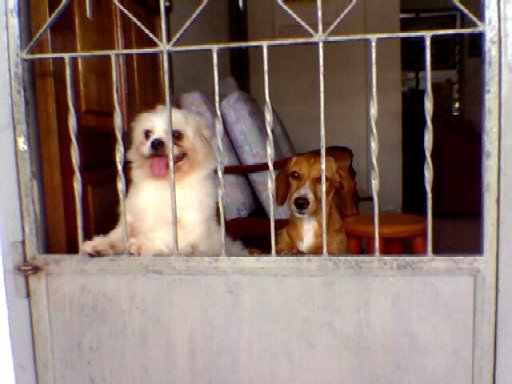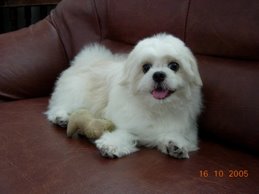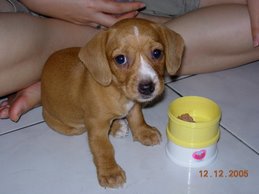Critical Tips On Pig Behavior And Handling To Help You Raise Pigs Without Frustration
Research, along with common sense, tells us that
handling our food animals gently will result in
higher levels of productivity. This is certainly
true of pig production. In fact, pigs are
particularly susceptible to becoming
over-excited due to aggressive handling. Outside
of daily activities such as feeding or observing
pigs for health issues, pigs tend to be handled
at specific times in their lives such as
processing at birth, castration, weaning and
moving to the nursery, moving to the finisher,
and marketing. Breeding stock is handled at
breeding, pregnancy checking, vaccination, and
weaning.
Pigs have a strong natural urge to escape and
will try to squeeze through any gap that they
detect. They also have a natural tendency to
follow each other and maintain visual or body
contact. In addition, pigs are very easily
frightened. Bright light, shadows, darkness and
loud noise can all startle pigs. Raising a pig
in artificial light will often refuse to enter
bright sunlight. Eliminate loose equipment,
slick floors, moving or shiny objects, and water
puddles from the handling areas. Also, be sure to
avoid aggressive handling behaviors, including
using electric prods, yelling or making loud
noises, moving pigs too fast or in groups that
are too large, overcrowding them, and allowing
excessively long periods of inactivity.
Handlers who understand the concepts of flight
zone and point of balance will be able to move
pigs more easily. The flight zone is the pig's
personal space, and the size of the flight zone
is determined by the wildness or tameness of the
pig. Completely tame pigs have no flight zone and
allow people to touch them.
If you are a new farmer and sees that several
pigs are carrying some leaves to the shelter, do
not be surprised and take away the leaves. This
is a customary pig behavior. They are highly
social animals and bringing food back to the
nesting area is like a typical man bringing home
food for his family. Pigs love to be scratched
and scratch themselves against anything that
doesn't move, and hurt. But do not eliminate the
idea of skin disease or mange affecting your
pigs. Look for red spots, blistered ears, or
scabs and thickened skins.
Pigs are smart and clever animals. They are
independent and can live with minimal
supervision. But sometimes a pig behavior
perplexes a starting pig farmer, or even a pet
owner. Pig behaviour can be natural and
sometimes sign of distress or symptoms of
diseases. Learning how pigs behave naturally
will help you through a process of elimination
to look out for unusual signs when dealing with
your pigs.
----------------------------------------------------
You will find that learning about pig behaviors
does not need to be difficult when you're
learning from someone who have experienced. So
keep these points in mind. If you would like
more tips on how to raise pigs, take a look at:
http://www.howtoraisepigs.com
EasyPublish this article: http://submityourarticle.com/articles/easypublish.php?art_id=223280
>













.jpg)






.jpg)

0 comments:
Post a Comment